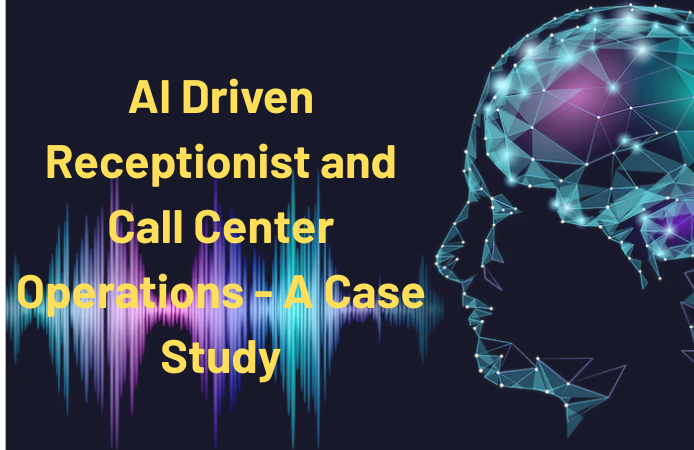Machine Learning vs. Deep Learning: What’s the Difference?

Step into the captivating realm of artificial intelligence, where two heavyweight contenders await their showdown: Machine Learning and Deep Learning. These formidable forces of computation possess unique strengths and techniques that propel the boundaries of what machines can achieve. In this article, we embark on an illuminating journey to unravel the distinctions between Machine Learning and Deep Learning.
Machine Learning and Deep Learning are two terms often used interchangeably, but they represent distinct approaches within the field of artificial intelligence. Machine Learning involves training algorithms to learn from data and make predictions or decisions, while Deep Learning is a subset of Machine Learning that utilizes neural networks with multiple layers to extract intricate patterns and features from complex data. Understanding their differences is crucial to navigating the realm of AI and harnessing their respective capabilities effectively.
Prepare to be enthralled as we delve into the intricacies of their algorithms, explore their applications, and demystify their inner workings. Join us as we navigate through the exciting landscape of AI and decipher the captivating differences between Machine Learning and Deep Learning. It’s time to unlock the secrets of intelligence and witness the clash of these intellectual titans. Let the battle of algorithms begin!
What is Machine Learning?

Machine learning is a subset of artificial intelligence that allows computers to learn and improve from experience. The process involves feeding large amounts of data into an algorithm, which then uses statistical methods to find patterns and make predictions. The machine learning algorithm can be supervised, unsupervised, or reinforced.
Supervised learning is when the algorithm is trained on labeled data, which means that the desired output is already known. For example, an algorithm could be trained to recognize handwritten digits by feeding it thousands of images of digits labeled with their corresponding values.
Unsupervised learning is when the algorithm is trained on unlabeled data, which means that the desired output is not known. For example, an algorithm could be trained to group similar items, such as grouping news articles by topic.
Reinforcement learning is when the algorithm is trained to take actions to maximize a reward signal. For example, an algorithm could be trained to play a game where it receives points for winning and loses points for losing.
What is Deep Learning?
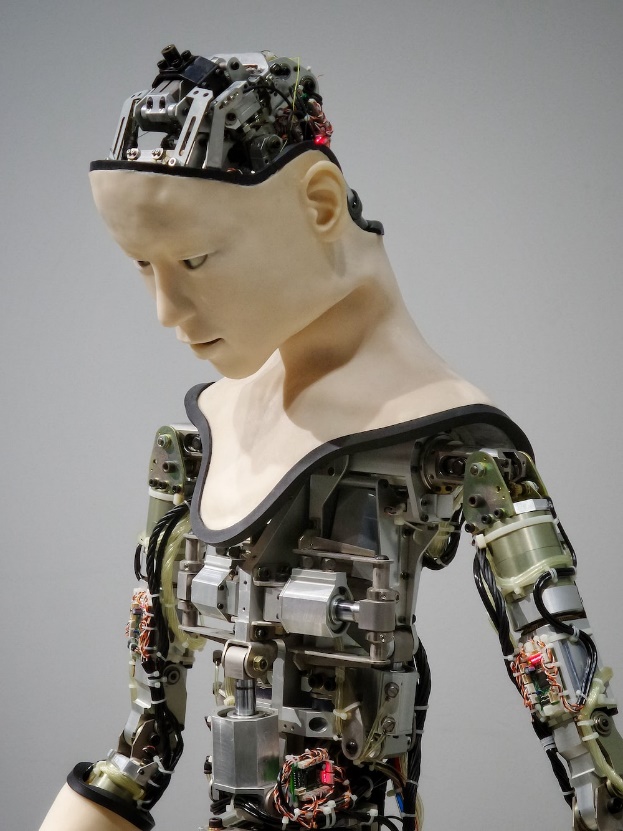
Deep learning is a subset of machine learning that uses artificial neural networks, which are inspired by the structure of the human brain. These networks consist of multiple layers of interconnected nodes that can learn to recognize patterns in data. The networks can be supervised, unsupervised, or reinforced, just like in traditional machine learning.
The key difference between deep learning and traditional machine learning is that deep learning algorithms can automatically extract complex features from raw data without the need for human intervention. For example, a deep learning algorithm could be trained to recognize faces by being fed thousands of images of faces without the need for humans to manually identify key features like eyes, nose, and mouth.
Deep learning has been responsible for some of the most impressive AI achievements in recent years, including image recognition, speech recognition, and natural language processing.
Differences between Machine Learning and Deep Learning
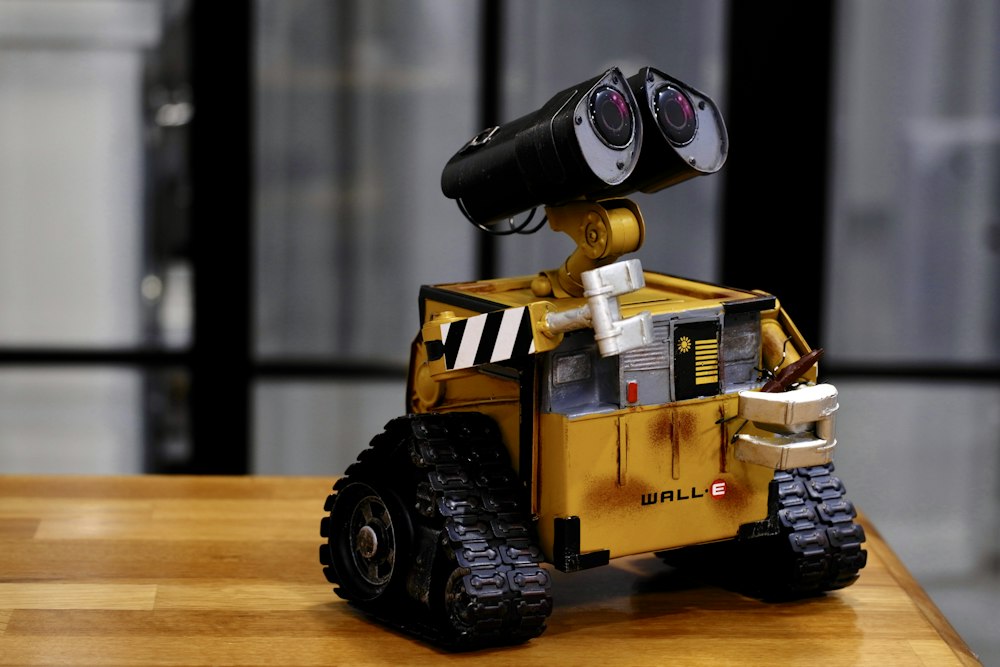
While both machine learning and deep learning are subsets of AI, there are some key differences between them.
Firstly, deep learning requires more data than traditional machine learning. This is because deep learning algorithms have more parameters to tune, which means they need more data to learn from. This can be a problem in domains where data is scarce.
Secondly, deep learning algorithms are more computationally expensive than traditional machine learning algorithms. This is because deep learning algorithms require powerful hardware, such as GPUs, to train effectively.
Thirdly, deep learning algorithms are more complex than traditional machine learning algorithms. This is because deep learning algorithms have multiple layers of interconnected nodes, which can make them harder to interpret and debug.
Finally, deep learning algorithms can automatically extract complex features from raw data, while traditional machine learning algorithms require humans to manually identify and extract features.
Future of Machine Learning and Deep Learning
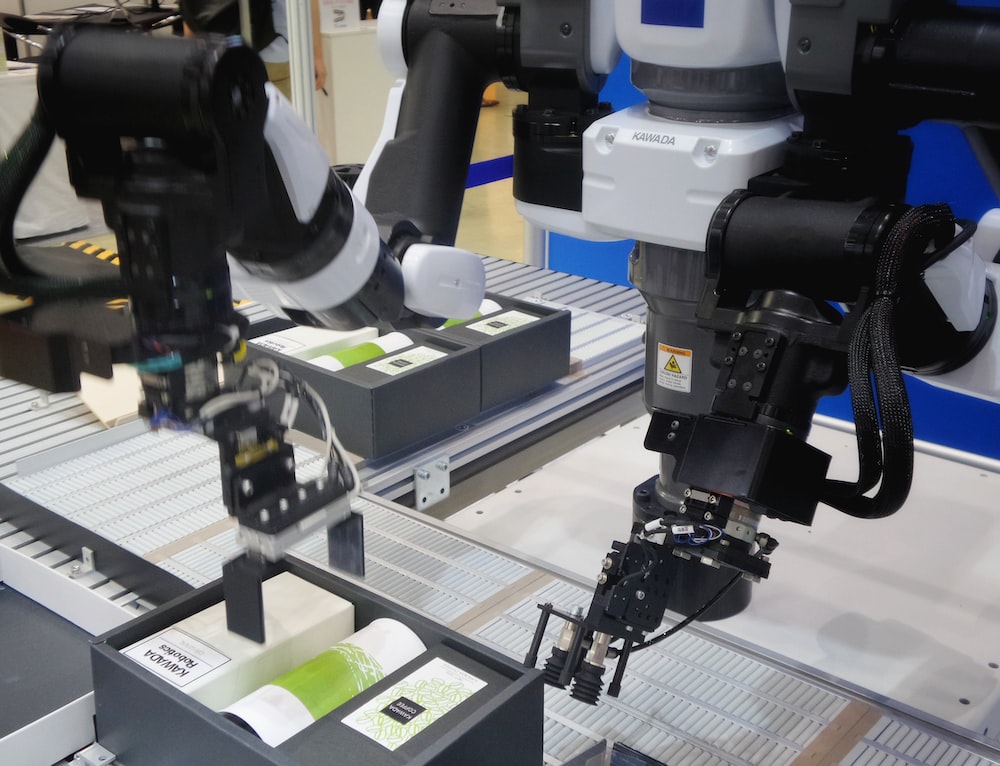
The future of both machine learning and deep learning is bright. Machine learning has already revolutionized many industries, such as finance, healthcare, and marketing. As more data becomes available and as algorithms become more sophisticated, we can expect to see even more impressive results.
Deep learning, on the other hand, is still in its infancy. While deep learning has already achieved impressive results in domains like image recognition and natural language processing, there is still much to be done. One of the biggest challenges facing deep learning is interpretability – it can be difficult to understand how a deep learning algorithm arrives at its decisions, which can be a problem in domains like healthcare, where explainability is important.
However, researchers are already working on solutions to these challenges. For example, there are ongoing efforts to develop more interpretable deep learning models, as well as to improve our understanding of how deep learning algorithms work.
Another area of research that shows promise is the combination of machine learning and deep learning. By combining the strengths of both approaches, researchers can develop more powerful and versatile AI systems.
Final words
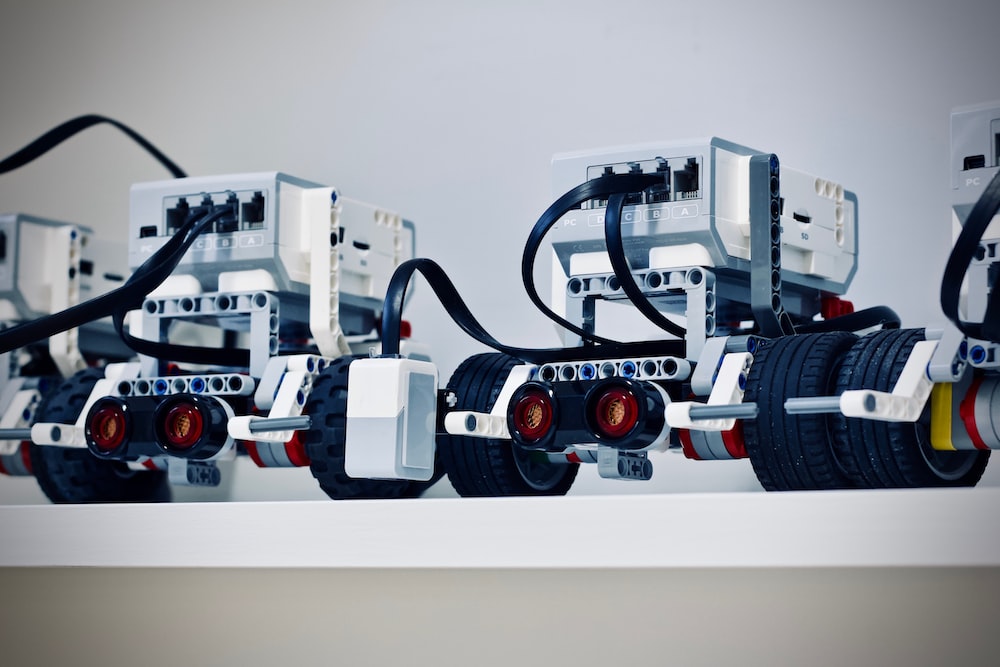
Both machine learning and deep learning are subsets of artificial intelligence that have shown impressive results in various domains. While traditional machine learning algorithms require humans to manually identify and extract features, deep learning algorithms can automatically extract complex features from raw data. However, deep learning algorithms require more data and computational resources and are more complex than traditional machine learning algorithms.
The future of both machine learning and deep learning is bright, with the potential to revolutionize industries and transform the way we live and work. To stay ahead of the curve, organizations must embrace digital transformation and invest in the skills and tools needed to take advantage of these exciting technologies.
If you enjoyed this article, make sure to check out our blog for more thought leadership pieces on digital transformation and other emerging technologies. Thanks for reading!

